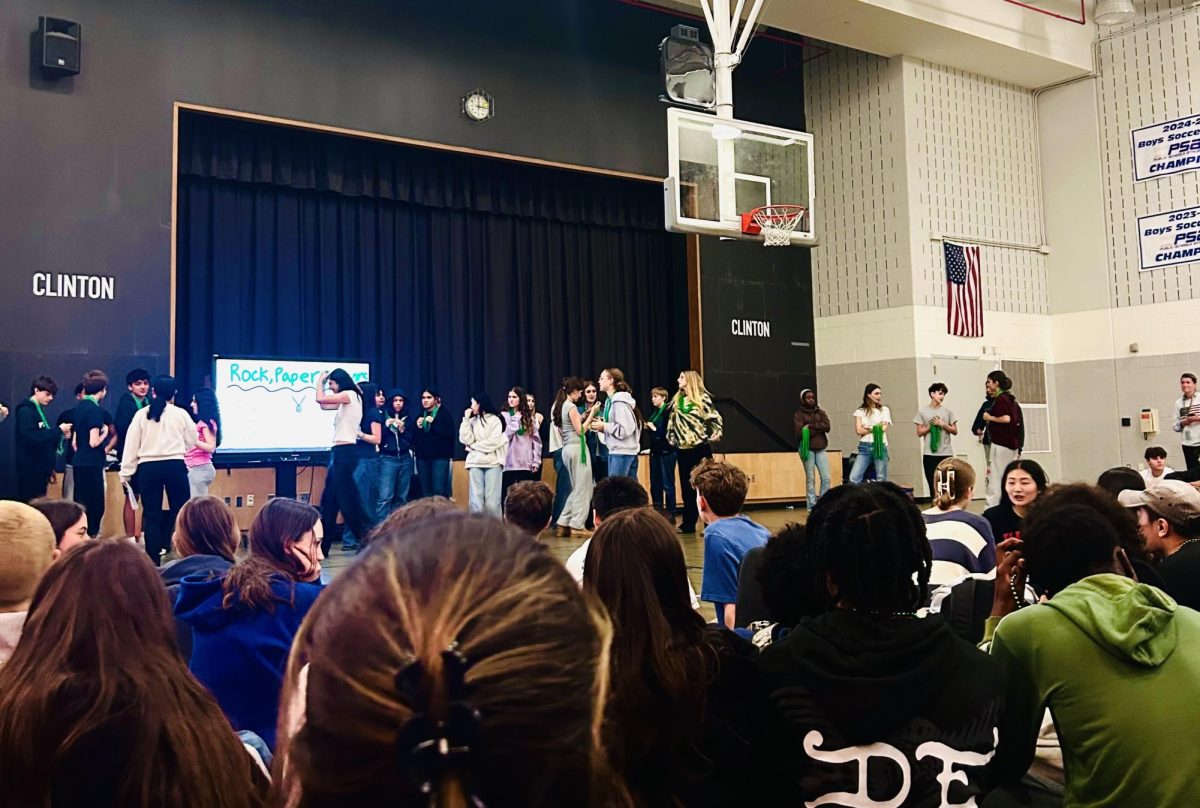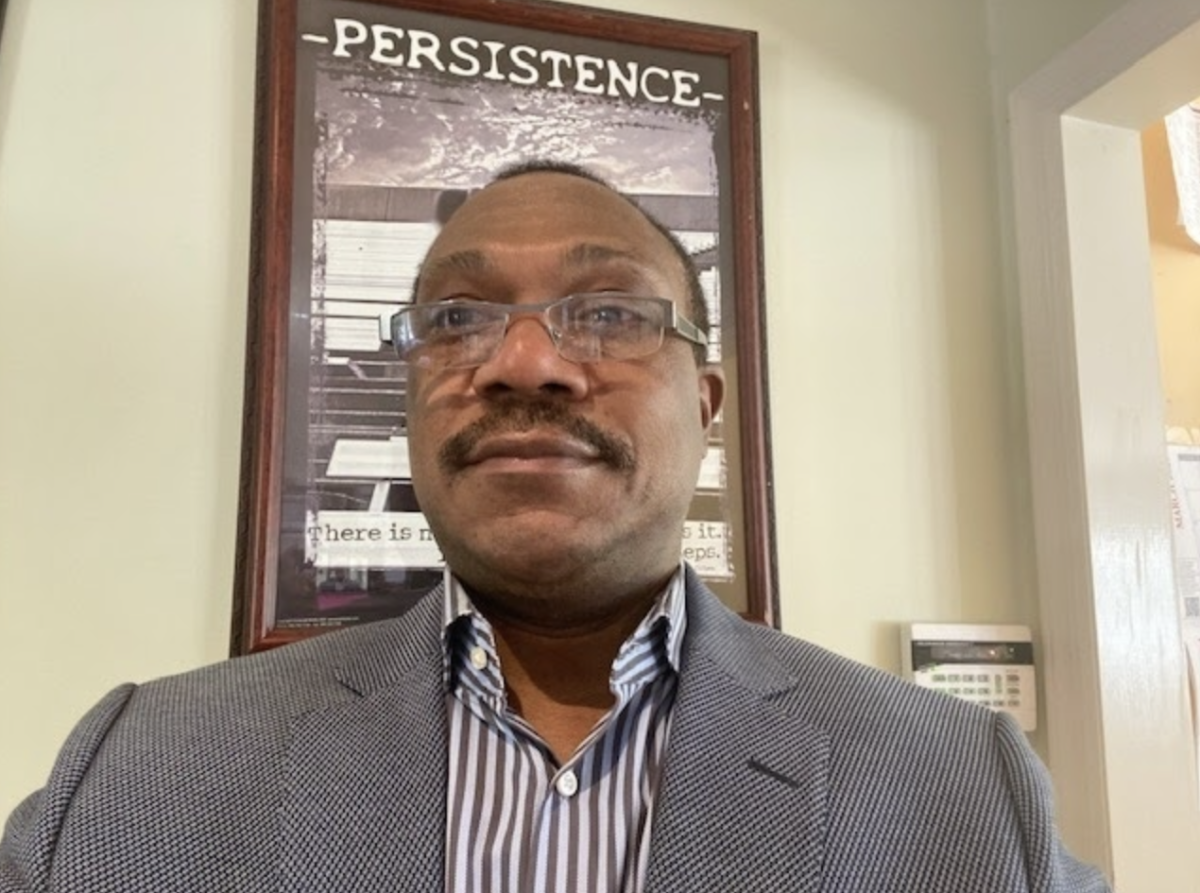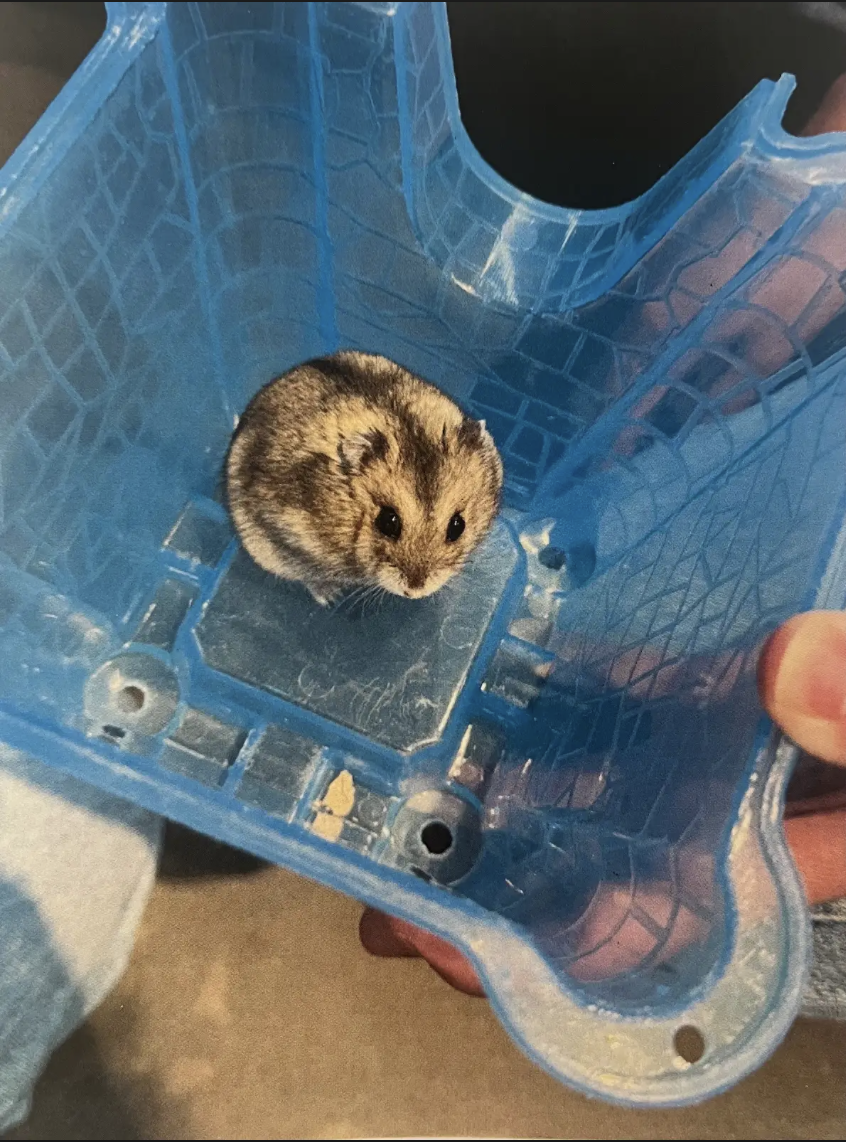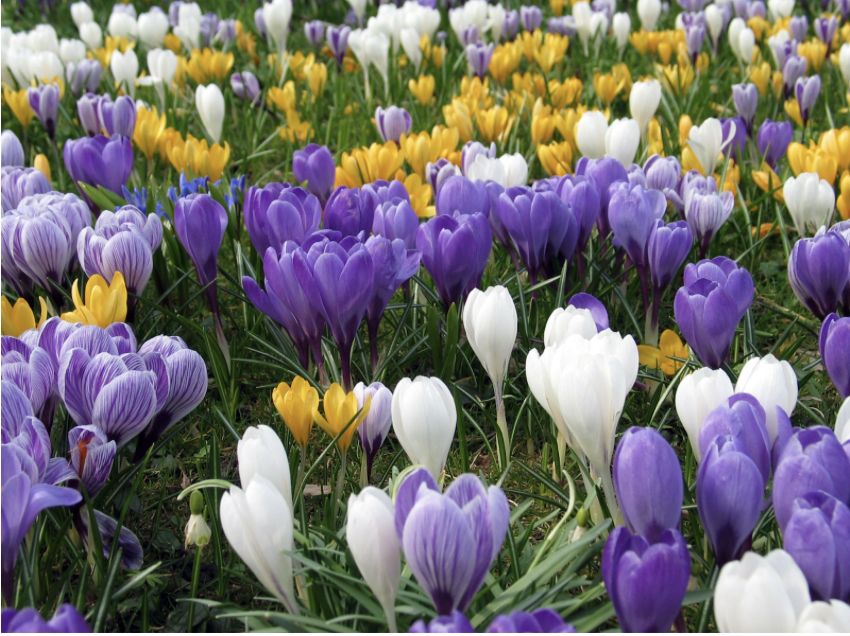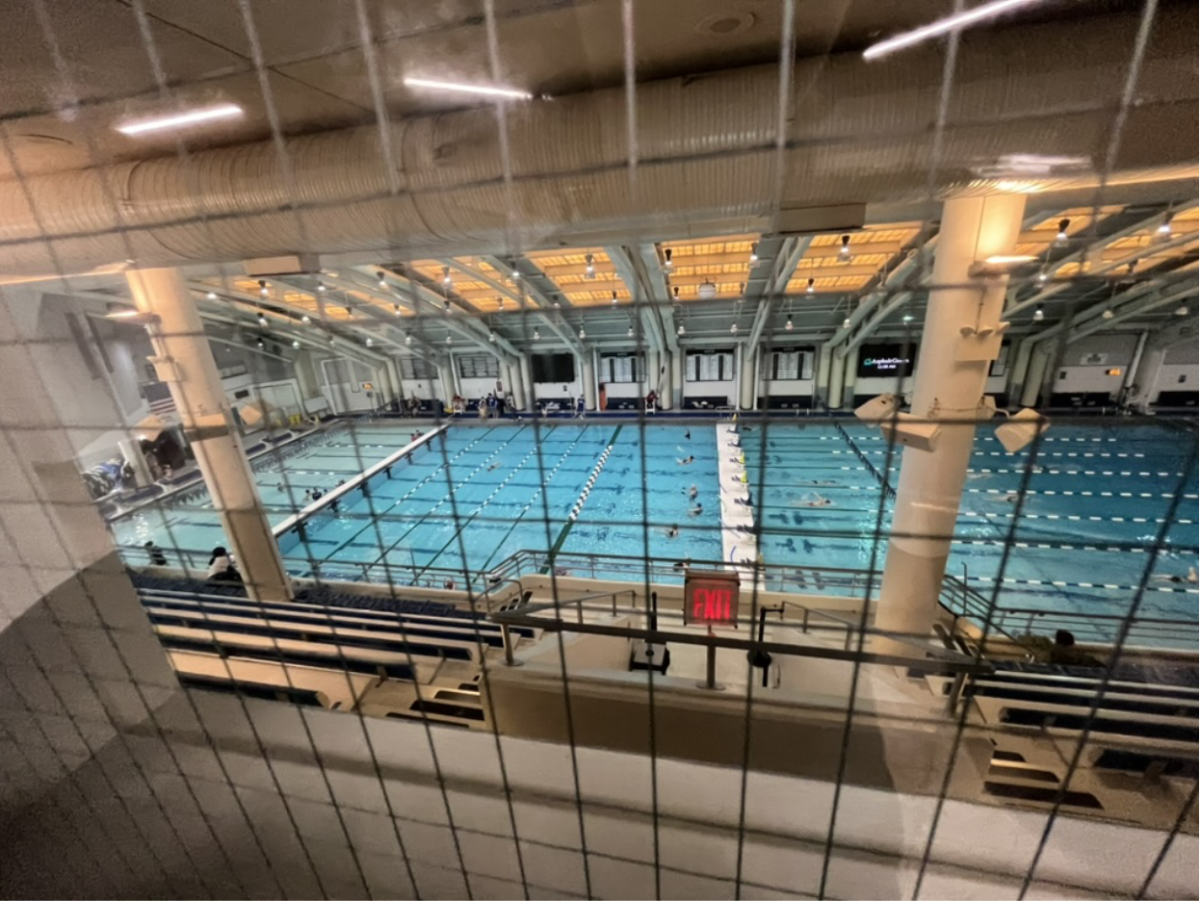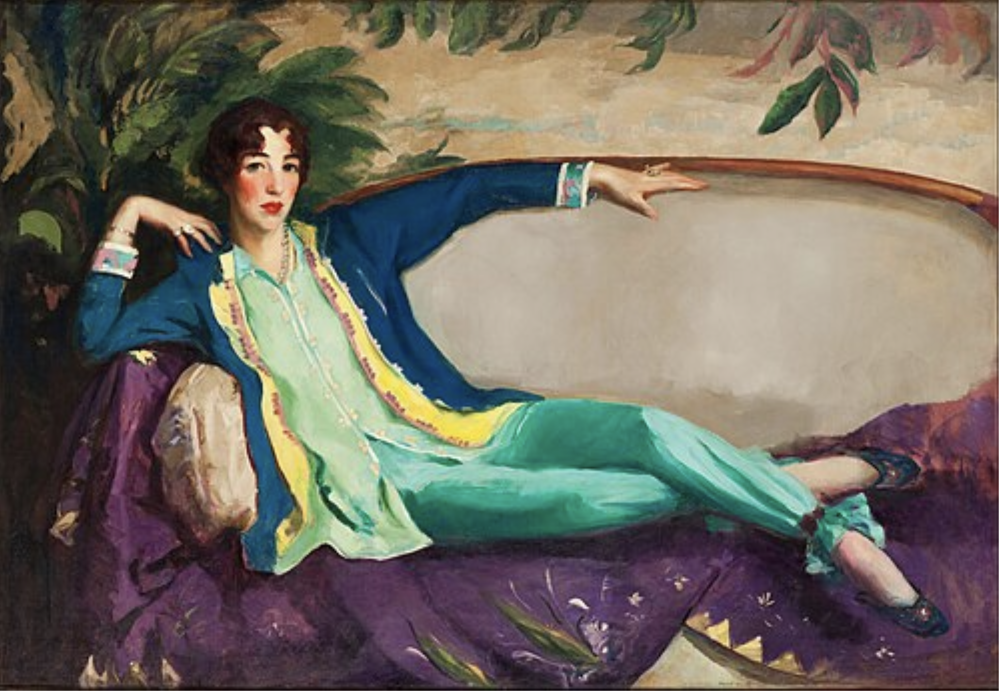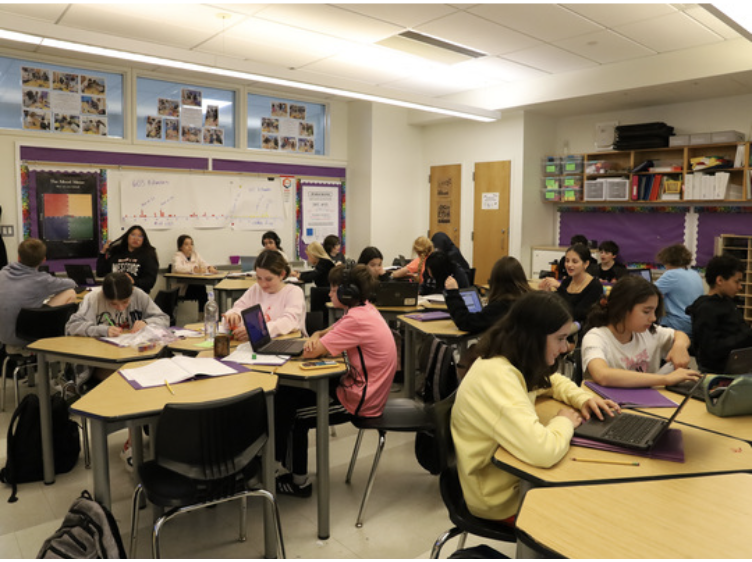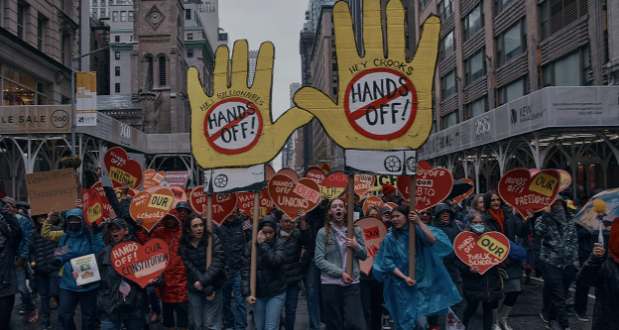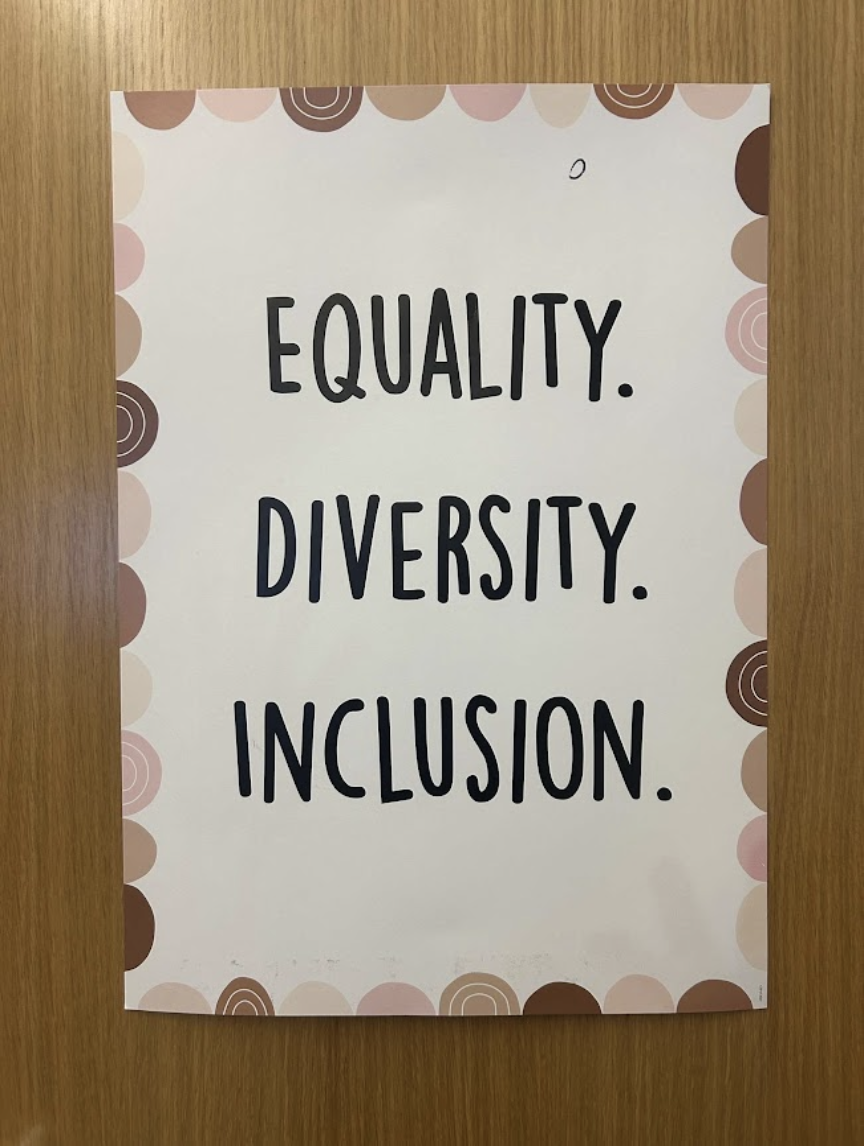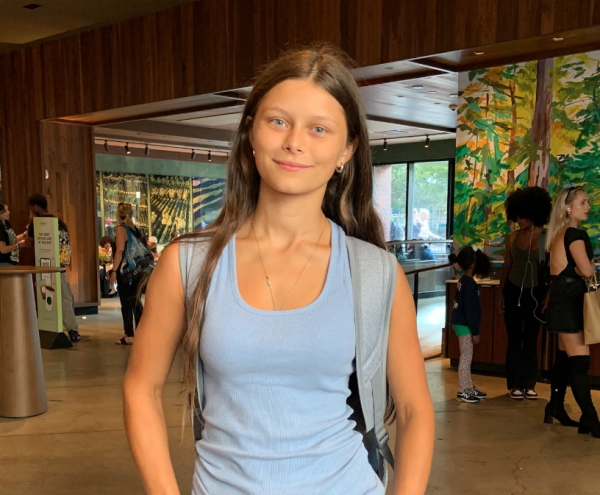It goes without saying that the Whitney has a better ring to it than the American Museum of Natural History. Or maybe the problem isn’t with the word, but with the experience hearing those four words has always entailed for public school students. Four words and many find themselves transported to elementary school: clipboard in hand, eyes trying increasingly hard to avert their gaze from a dreadful worksheet and on a droning tour guide. Hours spent dizzy, fed-up, and bored, the museum of natural history has continued to be the last place elementary students want to be. But when introduced to the same students many years later, a similar type of trip doesn’t sound so bad. In a grade much more appreciative of both museums and breaks from every-day schoolwork, a looming trip to the Whitney sounded promising from the start.
But going in with positive spirits and healthy curiosity, there was still much to be pleasantly surprised about. Whether the Whitney has space for newly made associations or whether the absence of schoolwork made it significantly more enjoyable, I, along with many others, found much more enjoyment during a museum trip this time around. Such a trip was especially welcomed this year, considering the overwhelming amount of students feeling that 10th grade has been relatively void of field trips thus far.
Apart from giving students some much-appreciated time away from school, the trip’s success can be attributed to the nice balance it provided between absorbing information and relaxing. To start off the trip, 10th graders had the opportunity to have brunch at Little Island, both scenic and full of delicious lemonade and pickles on sticks (opinions on this matter were split, some despised the pickles, some loved them). After a good time spent talking, walking, and brunching, everyone entered the museum more or less satiated and content. And our collective spirits only improved when each small group was given something unexpected to carry around: chairs. Not only were we in small groups with dedicated tour guides, but we had comfortable, fold-out, light chairs to carry around from painting to painting. I couldn’t think of a better way to make the museum more appealing to high-schoolers than to eliminate the boredom, complaining, and indifference standing for hours on end in a museum can encourage. For the first time, everyone got to sit during the presentations and direct their full attention to the tour guide, as opposed to focusing on the aching of their feet from standing or all the places they’d rather be sitting.
Another glow was the various exhibits we walked through. Spending our hour looking at various paintings, we saw lots of notable work, but one that stood out among the others was the first one explained to each group: the painting of Gertrude Vanderbilt Whitney by Robert Henri (pictured below).
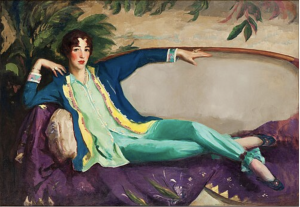
This painting is one of the founder herself, and, according to our tour guide, was hung in the museum because the founder’s husband objected to it hanging in their house as originally planned. Her blush, pose, choice of attire, and most importantly, short hair, was seen as unorthodox in 1900s society. Furthermore, Gertrude’s husband was reluctant to have guests in their household see his wife in such an unconventional and even intimate way. Consequently, the painting made its way to the museum, but neither society’s expectations nor her husband stopped Gertude Vanderbilt Whitney from doing “unorthodox” things. Making her career as a well-known sculptor, Gertude began acquiring art in 1905 and continuously promoted the works of avant garde and unrecognized American artists through exhibitions. With the help of her assistant, Gertude collected nearly 700 works of American art, and offered to donate over 500 of them to the Metropolitan Museum of Art in 1929. Upon accepting the museum’s refusal and discovering the increasing preference for European modernism all around her, Gertude decided to start her own museum the same year. This museum, full of exclusively American art, became the Whitney, still thriving decades later with her portrait as its star.
The exhibition that followed the presentation of Whitney’s portrait was also interesting. Titled “Amy Sherald: American Sublime,” the exhibition featured a selection of Sherald’s works that explore the American experience through the point of view of American realism. Using her signature grayscale technique, Sherald focused on re-imaging the American experience, specifically the African American experience. By painting Black people with gray skin in every-day settings characterized by contrasting bright colors, Sherald used her work to highlight the absence of Black people from many types of paintings and ordinary scenes. In this same exhibit, we were given time to wander around with a worksheet, which only asked for a sketch of a painting, unlike the types of worksheets burdened on hungry and crying kids in our elementary school days.
After brunch and this short but informative visit to the Whitney, no one was left without good impressions. From foldable chairs to great paintings to huge, uniquely decorated elevators, the trip was a worthwhile experience for many, and has left high school students yearning for more outings amidst classwork, quizzes and tests. When asked about the trip they missed the most, three highschoolers reminisced about the ice skating, ski, and six flags trips from the years prior (these statements coming from Lavanya Bist, Josephine Barnwell, and Cora Riely, respectively). 10th graders miss the fun trips, and the most recent one has reminded many in the student body how good a day-long escape from school feels. The Whitney was enjoyable, interesting, and informative, and as a result, highschoolers are now manifesting another trip in their near future (preferably not one to the American Museum of Natural History).

